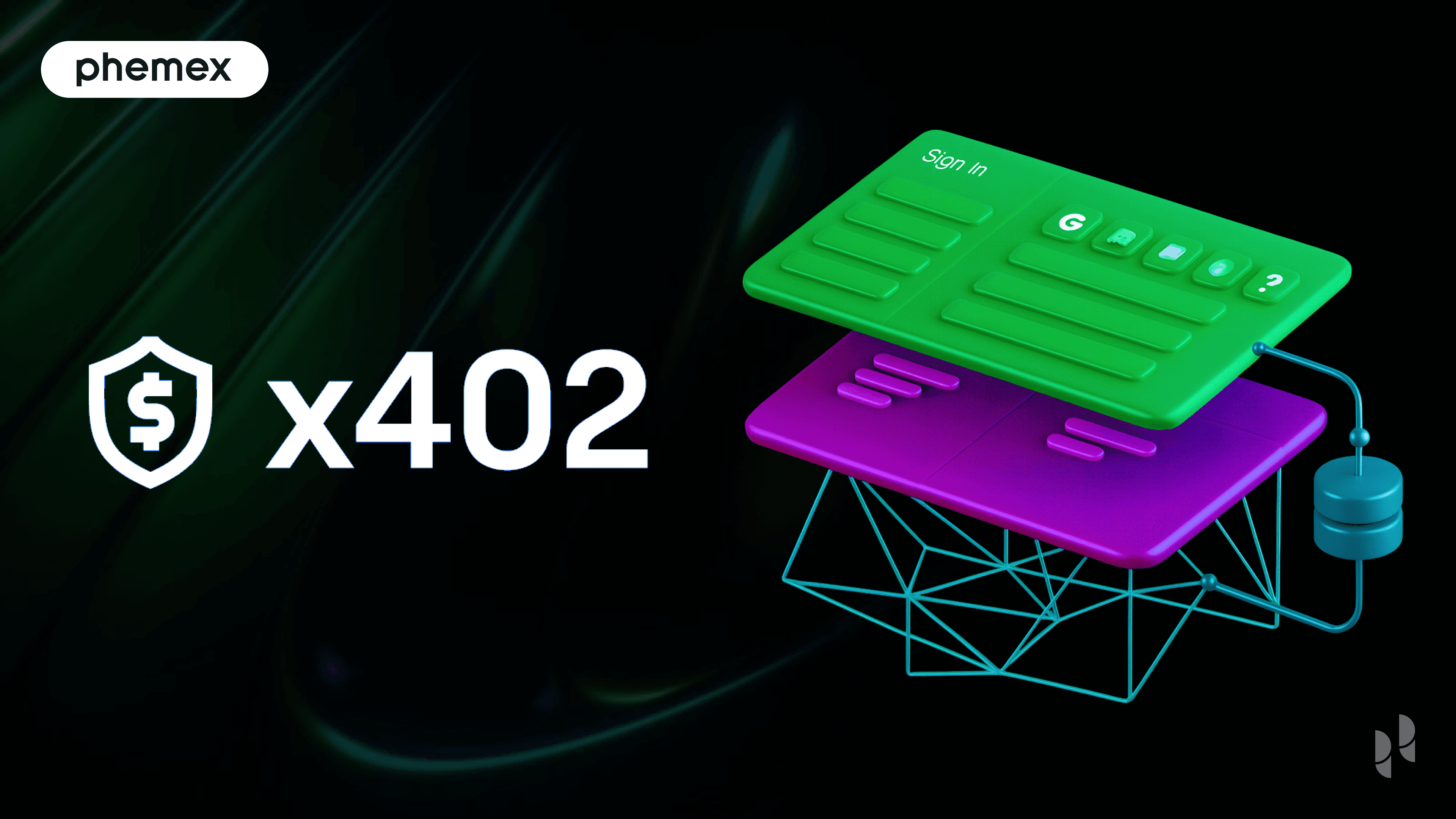A crypto white paper is a detailed, authoritative report or guide that explains the concept behind a specific cryptocurrency or blockchain project. It provides comprehensive information on the project's goals, technical aspects, use cases, and more. Think of it as a blueprint that offers a transparent and trustworthy insight into the vision and mechanics of a crypto project.
What Information Can You Find in a White Paper?
A typical white paper will contain:
Introduction: A brief overview of the project and the problem it aims to solve.
Technical Details: Information about the technology behind the project, including consensus mechanisms, cryptographic techniques, and network architecture.
Tokenomics: Details on token distribution, use of funds, and the overall economic model of the cryptocurrency.
Roadmap: A timeline highlighting the project's past milestones and future goals.
Team: Information about the team behind the project, their backgrounds, and roles.
Use Cases: Practical applications and potential scenarios where the project could be implemented.
Regulatory and Legal Considerations: How the project navigates the complex legal landscape of cryptocurrencies.
Conclusion: A wrap-up of the white paper's content, often with a call to action or next steps.
Why Are Whitepapers Important?
Whitepapers serve multiple purposes:
Educate: They provide information to potential users, investors, and other stakeholders about the project's details.
Build Trust: A well-written white paper can establish the project as legitimate and trustworthy.
Marketing Tool: They can attract potential investors and users to the project.
Technical Guide: Developers and other technical stakeholders can refer to the white paper for implementation details.
Examples of Whitepapers
Bitcoin Whitepaper:
In 2008, Satoshi Nakamoto, an anonymous entity or group, released the groundbreaking Bitcoin whitepaper titled "Bitcoin: A Peer-to-Peer Electronic Cash System." The document presents Bitcoin as an alternative and efficient form of currency, operating independently from traditional banking. It details the technical workings of the peer-to-peer network, enabling seamless digital currency transactions without intermediaries. Moreover, the whitepaper elucidates the network's robust defenses against censorship and double-spending threats.
Ethereum Whitepaper:
In 2014, Vitalik Buterin, a young programmer, published the Ethereum whitepaper, which originated from his 2013 blog post titled "Ethereum: The Ultimate Smart Contract and Decentralized Application Platform." The post introduced the concept of a Turing-complete blockchain, a decentralized computer capable of running any application given sufficient time and resources. Unlike Bitcoin, Ethereum's whitepaper focused on creating a platform for developers to build and deploy diverse decentralized applications (DApps), including cryptocurrencies and decentralized lending platforms. The whitepaper also detailed the technological breakthroughs enabling Ethereum's functionality, such as smart contracts and the Ethereum Virtual Machine.
Phemex PSP Whitepaper:
A pioneering application of soulbound token (SBT) technology is exemplified by the Phemex Soul Pass, a significant development in the cryptocurrency space. As the first instance of a major crypto exchange utilizing SBTs, the Phemex Soul Pass is dedicated to community building and decentralization. Acting as a gateway into their Web 3 ecosystem, Soul Pass holders gain early access to the Phemex Token and can become influential members of the PhemexDAO, contributing to decisions concerning platform growth, operations, treasury management, and collaborations. Since SBTs cannot be transferred, the Soul Pass serves as a mark of authenticity. Moreover, Phemex plans to explore DeFi applications like uncollateralized lending, leveraging soulbound tokens to establish an on-chain credit score system.
Important Things to Note When Writing a Crypto White Paper
Clarity: Use clear and concise language. Avoid excessive jargon.
Accuracy: Ensure that all technical and non-technical details are accurate and well-researched.
Transparency: Clearly state the goals, risks, and potential challenges of the project.
Engaging Content: Even though it's a technical document, make sure it's engaging and accessible to a broad audience.
Feedback: Before publishing, gather feedback from experts and potential stakeholders.
Regular Updates: If significant changes are made to the project, the white paper should be updated to reflect these changes.
Read More
- What Are Blockchain Whitepapers: 8 Key Considerations Before Investing
- How To Do Crypto Research: The Best Ways to Get Started
- What is Paper Wallets & How does it work?
- What Is Paper Trading: Zero-Risk Crypto Trading
- What is Cryptocurrency & How does it Work?
- What Are Crypto Tokens? How Do They Work?
- https://phemex.com/academy/cryptocurrency-glossary/what-are-icos-and-how-do-they-work
- Write for Phemex: Win $100 and exclusive merchandise








